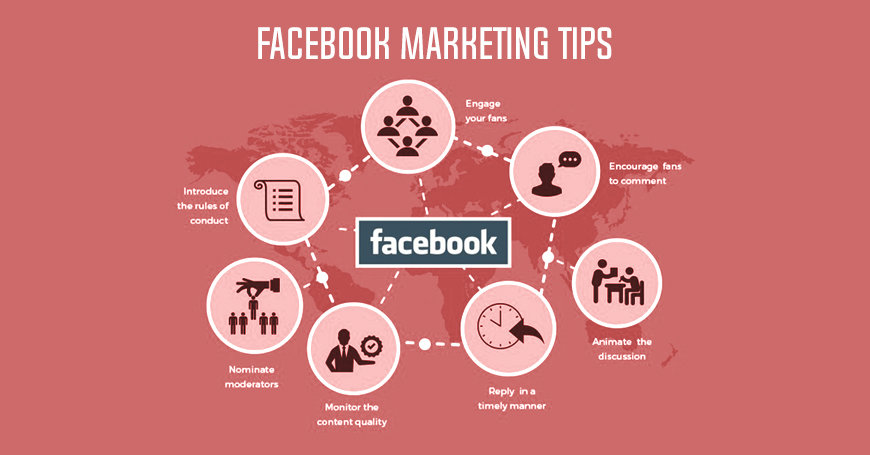Introduction: The Basics of Search Engine Optimization
This guide covers the SEO basics to help newbie websites, bloggers, and marketers get started with the basics.
This article will cover some of the most important elements of SEO so that everyone can get started.
What is Search Engine Optimization?
Search engine optimization (SEO) is a process for improving rankings on search engines through organic or “natural” links. When following this process, website publishers do not need to manually create links because these links are automatically generated by other webmasters when they link to the publisher’s page.
The goal of SEO is to improve visibility on SERPs (search engine result pages) by getting organic or ‘natural’ links from other relevant sites. Prominent websites from which you could hope to receive inbound links include resources
How to Create a Strategic Content Marketing Strategy to Gain More Website Traffic?
Content marketing is one of the most effective ways to grow your website traffic. But once you start creating content, you will quickly realize how time-consuming and expensive it can be. This guide will provide you with a step-by-step process to craft your own strategic content marketing strategy that has the potential to bring in more website traffic.
Step One: Determine Your Website’s Goals
Before you start a content marketing strategy, it is important to identify what your website’s goals are.
Knowing the overall purpose of your website will help you determine what type of content to create and where to publish it. Generally, there are 3 types of websites:
– A content hub that exists only to provide information
– A product selling site where the customer can make purchases
– A service site with products sold on the side
The first step is to see if your site falls into any one of these categories. If you do not know, then do some research on other sites in the same niche as yours and find out which category they fall under.
Step Two: Identify Your Audience
Knowing your audience and their needs is key to writing good content. Successful businesses know that they need the right content to connect with their audience and inspire them to take action. The idea of knowing your audience doesn’t just apply to marketing. It also applies to customer service or any other kind of business-to-consumer interaction that you may have.
Knowing the personas that you are aiming for will help you write better, more engaging content and result in a higher percentage of conversions for your company. Researches shows us how people respond differently when reading about a product depending on whether they read the description written for someone like them or someone different from them.
Step Three: Create Content for These Audiences
Once you have identified your audience and their needs, it’s important for brands to create content that will resonate with the target audience. The other point is to create content that would convert into leads. Marketers tend to mistake quantity with quality and produce more content than they need, which doesn’t help them achieve the desired results.
Step Four: Choose Your Channels
Before we get to the point of choosing our channels to market our brand, we should ask:
What is the goal for this campaign?
Is it to build a brand awareness, educate your audience, increase conversions, etc.?
How would you measure success? This will help determine what channels are appropriate.
#Objective: Identify channels which are most relevant for a given objective
#Measurement: Awareness level of targeted audience
Step Five: Schedule Your Content Releases
Every marketing team has a marketing calendar with an editorial calendar. Whether this is a simple to do list in Google Calendar, or something more sophisticated like HubSpot, this is where you can schedule your content release.
Content releases are published at the time you want them to be seen on your blog or social media channels. Publishing content at the right time can drive traffic to your site and increase conversions of the site visitors into leads and customers of your business.
The aim of content marketing is to attract, persuade, and convert potential buyers into loyal customers. It’s more than just blogging – it also includes videos, images, social media posts (FB/Twitter), email newsletters; there are many ways to create content for marketing purposes!
How To Get Started with On-page SEO For Your Website?
Optimizing your website for search engines, or on-page SEO, is a major part of digital marketing. With so much competition online, you need to be able to rank as high as possible in the search engines.
This includes making sure that your page title and meta description are relevant and optimized for the keywords that you want your site to rank for. You should also have a sitemap that’s easy for the search engine crawlers to find and understand. Your content should be keyword-rich and written according to best practices set by Google’s Search Quality Evaluator Guidelines.
You need to make sure your website is optimized for the search engine crawlers. This includes making sure your title tags and meta descriptions are keyword rich.
Now, a lot of people might think that SEO only happens on the back end of a website, but this is not true – it’s something you need to do on the front end as well. In order for search engine crawlers to know what your site is about, you need to include keywords throughout your page’s content.
In order to optimize your website from an on-page perspective, there are many tools available at your fingertips. Some of them include Screaming Frog SEO Spider, On Page Optimization Checker and SEMRUSH.
What is Keyword Research? Why It’s Important For Your Business Growth?
Keyword research is a process of finding out which keywords would be best to use for a certain SEO campaign.
Keyword research is a necessary part of any SEO campaign. It helps you find the right keywords that people are using in order to find your content online.
In order to successfully do keyword research, there are a few things that you need to do: find the right keywords, understand what those keywords tell people about your business, and be willing to keep an open mind when it comes to choosing the best ones for your content strategy.
Using the right keywords in your blog posts is an important element of SEO. It helps search engines find and list your blog posts higher on their results page.
This article will provide some keyword research tips for bloggers who want to rank higher in search engine results pages (SERPs).
A successful Blogger needs to have a good understanding of the keywords that are relevant to their niche before they can start blogging.
There are many tools that you can use for keyword research. These tools will help you discover new keywords within your niche and provide you with what is trending in your industry,
In this article, I am going to give you some tips on keyword research for bloggers.
Blogging is an art and requires creativity, knowledge of what is happening in the world around us and how it affects our lives, as well as the ability to communicate it effectively to others through social media channels or through articles.
The success of your blog depends on whether or not people find it after searching for relevant topics online. The only way you’re going to get visitors is if
Keyword research is something that you should always do before writing any blog post on your website. Your goal is to make sure that you’re using the right keywords in your content so it can be found by people who are searching on Google or other search engines like Bing, Yahoo, or DuckDuckGo.
How to Write an SEO Friendly Blog Post That Will Increase Your Ranking & Engagement Rate?
Article marketing has always been an effective way of creating content but the recent changes in the search engine algorithms have made it essential for marketers to know how to write SEO friendly blog posts.
Here are some Do’s and Dont’s for blogging that will help you rank higher in Google ranking, generate more leads, and improve your engagement rates:
– Pens down a list of key words
– Write with keyword in mind
– Include keywords that are relevant
– Use keywords strategically across the text
– Create a title that is SEO friendly by including keywords
– Use headings
– Include links to articles or other articles on your site or blogs related to your keyword.
Conclusion: Making the most of SEO opportunities by implementing the strategies mentioned
The SEO strategies mentioned in this article can be used by all content creators, not just digital marketers. These strategies ensure the content is seen by the right people which increases the chances of conversion.



